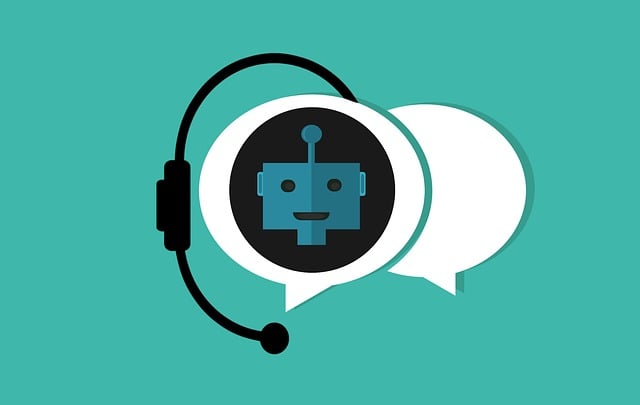Ecommerce AI chatbots powered by Natural Language Processing (NLP) revolutionize customer interactions through human-like text generation, real-time support, and personalized recommendations. Key steps in designing an ecommerce AI chatbot include defining purpose, scoping tasks, feeding diverse data for training, and regular updates to maintain relevance. Implementation boosts engagement, sales, and 24/7 support, requiring continuous learning, sentiment analysis, and seamless integration across platforms.
“Unleash the power of conversational AI with a generative Ecommerce AI chatbot—your new secret weapon for enhancing customer engagement. This comprehensive guide takes you on a journey from understanding the fundamentals of these advanced bots to designing and training your own tailored solution. Learn how to implement and optimize its performance, ensuring it seamlessly integrates with your online store. Discover strategies to create a seamless, personalized shopping experience, boost sales, and elevate your brand in the competitive Ecommerce landscape.”
- Understanding the Basics of Generative AI Chatbots
- Designing and Training Your Ecommerce AI Chatbot
- Implementing and Optimizing for Ecommerce Success
Understanding the Basics of Generative AI Chatbots

Generative AI chatbots are an innovative application of artificial intelligence, transforming the way we interact with technology, especially in sectors like ecommerce. Unlike traditional rule-based chatbots, these advanced systems can generate human-like text by learning patterns from vast datasets. This capability opens up a world of possibilities for enhancing customer experiences and streamlining business processes.
Ecommerce ai chatbots leverage deep learning algorithms, particularly natural language processing (NLP), to understand and respond to user queries in real time. By analyzing millions of conversations or text documents, they learn the nuances of language, context, and intent. This training enables them to engage in complex dialogues, answer questions, provide product recommendations, and even assist with post-purchase support, all while feeling entirely natural and human-like.
Designing and Training Your Ecommerce AI Chatbot

When designing an ecommerce AI chatbot, the first step involves defining its purpose and scope. Determine the key tasks it should perform, such as answering product queries, providing recommendations, or assisting with purchases. This will guide the chatbot’s conversational flow and required data set for training. The more specific the objectives, the better the chatbot can be tailored to meet your ecommerce needs.
Training involves feeding the AI model vast amounts of relevant data, including customer interactions, product information, and industry-specific knowledge. This process enables the chatbot to learn patterns, gain context understanding, and generate accurate responses. Ensure the training data is diverse, up-to-date, and representative of your target audience’s language and needs. Regular updates are crucial to keep the chatbot relevant and effective in a dynamic ecommerce environment.
Implementing and Optimizing for Ecommerce Success

Implementing an AI-powered chatbot in the context of ecommerce can significantly enhance customer engagement and drive sales. These intelligent assistants can provide personalized product recommendations, answer frequently asked questions, and offer 24/7 support to shoppers. By leveraging natural language processing, the chatbot can understand user queries and deliver relevant responses, creating a seamless and satisfying shopping experience.
To optimize for ecommerce success, developers should focus on training the chatbot with a diverse dataset encompassing various product categories, brand names, and customer interactions. Continuous learning and refinement are key to ensuring accurate and contextually appropriate answers. Additionally, integrating the chatbot seamlessly across multiple touchpoints, such as website, mobile apps, and messaging platforms, will increase its visibility and utility. Ecommerce ai chatbots can also be enhanced with features like sentiment analysis and proactive assistance, enabling them to anticipate customer needs and offer tailored solutions.
Creating a generative AI chatbot for your ecommerce platform can significantly enhance customer interactions, provide personalized experiences, and drive sales. By understanding the basics of generative AI, designing and training your chatbot effectively, and implementing optimizations tailored to your ecommerce needs, you can harness the power of this technology to elevate your business. An ecommerce AI chatbot is not just a tool—it’s a strategic asset that can revolutionize how you engage with your customers, making it an essential investment for any forward-thinking retailer.
